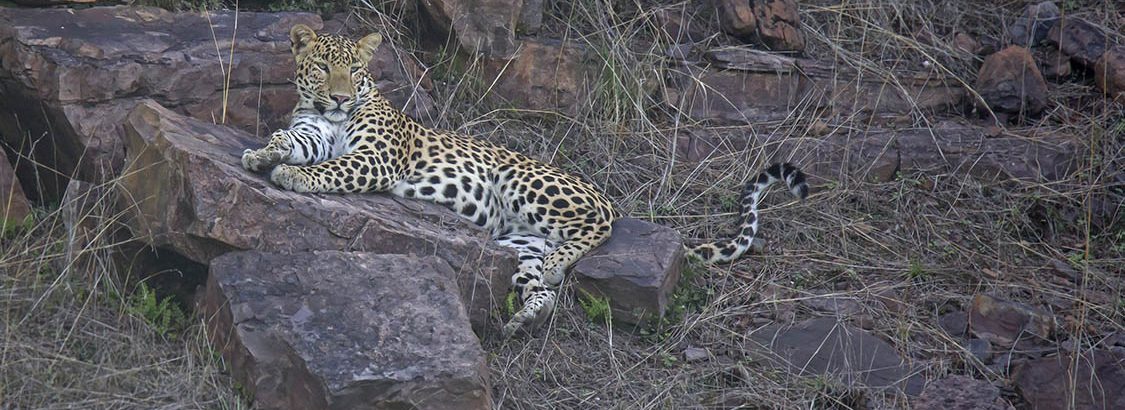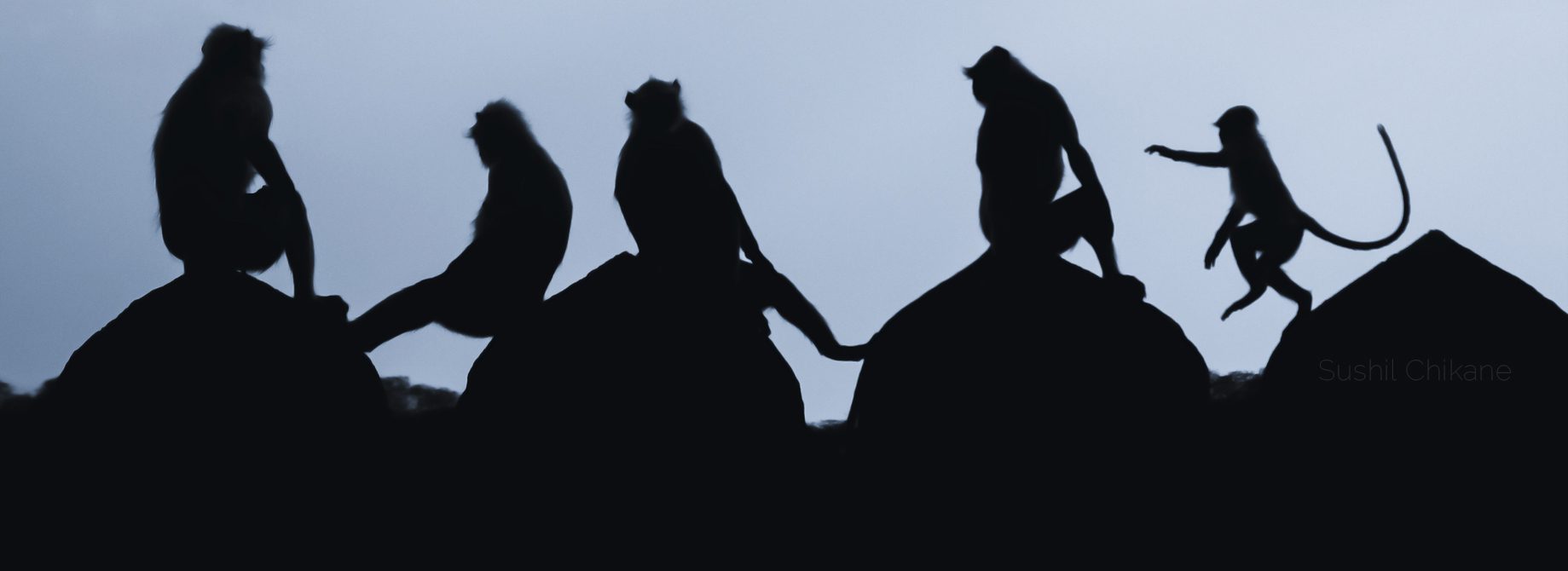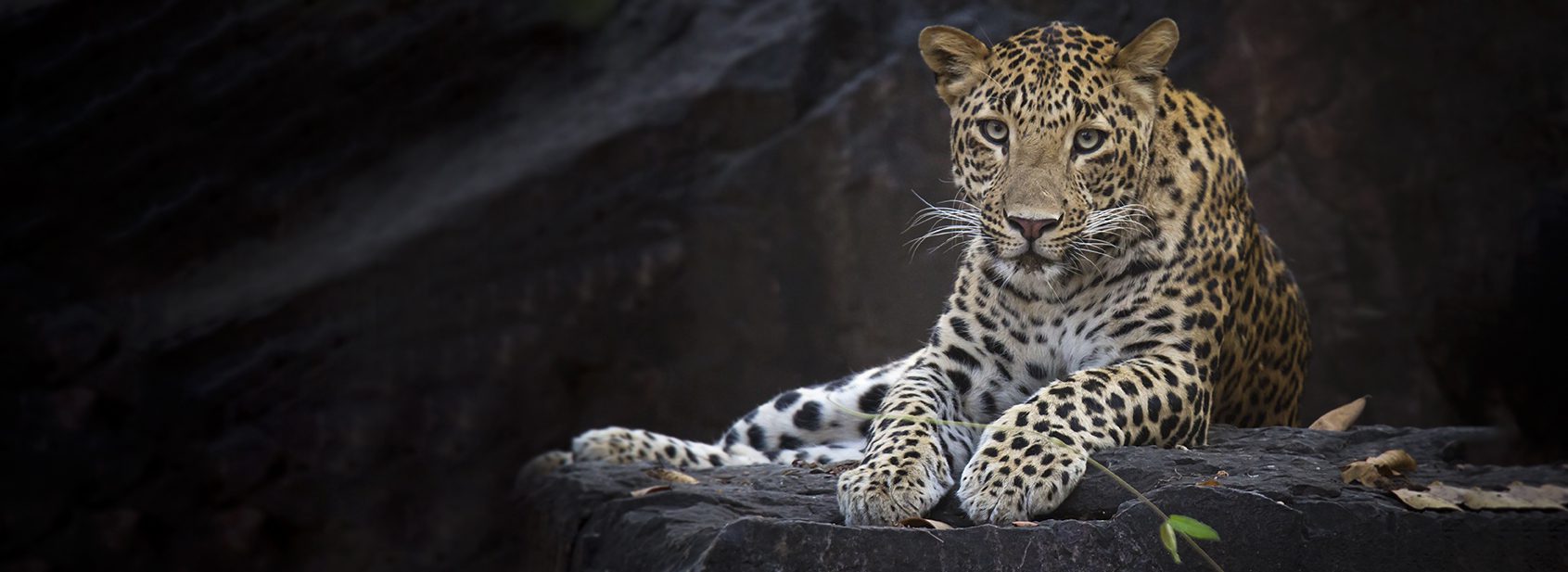





Ranthambhore is the westernmost Tiger habitat in the country. It is situated in the Aravalli Mountain Range. This is a Dhonk forest and is spread in an area of 392 Sq. Kms (Approx.), is home to approx 35-40 wild tigers. The number of tiger sightings has given the park a lot of fame also due to the historical monuments scattered throughout the area gives a different feel altogether, hence there are photographers who throng the place during summer to photograph the mammals… especially the Tiger!!
The other predators here include the Leopard and the Caracal. Jackals, Jungle Cats and Sloth Bear are also seen in the park. Apart from the tigers and other predators, one could also watch the Spotted Deer, Sambar Deer and Barking Deer, and Antelopes such as Chinkara and the Nilgai. The Park has an abundance of Birdlife and has recorded about 270 species of birds of which some are Migrants and most are residents.
The park also has historical significance, as it surrounds the majestic Ranthambhore fort built in the 10th Century AD. The fort has a lot of temples which one could visit, the fort also serves as a vantage point for those who wish to have an almost aerial view of the surrounding forests. Ranthambhore is also famous for the huge lakes and the old Rajput style architecture, and hence is also favorite among the landscape photographers!!
There is an option of having 02 safaris a day in an open Gypsy/Canter, between sunrise and sunset. One could also opt for visiting the fort, a 2.5 hrs trek, the entries for which need to be done in advance. It has been observed that the majestic Tiger makes its presence felt most of the time. The sighting of Tiger is a matter of chance, but Ranthambhore leaves one mesmerized by the sheer beauty of the forest, Lakes and the Architecture.
Chambal lies around the river Chambal that acts as the border between Rajasthan and Uttar Pradesh on one side and Madhya Pradesh on other. Around 400 km of the river is declared a sanctuary. The mud ravines make a unique habitat to view Hyenas, wolves, foxes, etc. One can take a ferry to view freshwater crocodiles, gharials and smooth coated otters.
Type of Forest: Dry Deciduous ( Dhonk, Saja, Tendu, Salai, etc.) with patches of Evergreen forest around water bodies.
Weather: Temperatures in Winter range from 10 degree celsius during the Day and can Drop to -10C late at Night and early mornings. Temperature in Summer ranges between 20-48 degree celsius.
Accessibility by Train: Sawai Madhopur
Accessibility by Air: Jaipur
Day 1: 13/6/19:
Jaipur/Sawai Madhopur-Ranthambhore
Received at Jaipur/Sawai Madhopur Railway station and transferred to Resort, by AC car.
Reach campsite.
Camp arrival, Room allotment followed by freshen up.
Camp briefing and orientation (Introduction to staff and instructors, Safety briefing, Camp facilities).
Lunch at the camp site. Rest in the afternoon.
Evening safari to the National Park. Evening tea/coffee.
Dinner.
Day 2: 14/6/19:
Ranthambhore
Early morning safari to the Ranthambore National Park. Watch out for Tigers, Leopards, Bears, Deer, Crocodiles. Back in the camp for late breakfast.
After breakfast participants can go into the swimming pool for a splash.
Lunch. Watch a documentary about the Ranthambore National Park.
Evening safari to the National Park. Get the opportunity to see the evening jungle life at the time of sunset. See the nocturnal creatures moving out of their hides.
Evening tea/coffee.
Back in the camp.
Dinner.
Day 3: 15/6/19:
Ranthambhore
Morning safari in Ranthambore National Park. Spend the morning exploring parts of the park that you missed on the previous day of safari.
Lunch.
Evening safari to the National Park. Get the opportunity to see the evening jungle life at the time of
sunset. See the nocturnal creatures moving out of their hides.
Day 4: 16/6/19:
Ranthambhore- Jaipur/ Sawai Madhopur
Morning safari in Ranthambore National Park. Stop enroute at a Local handicraft shop.
Back to campsite for breakfast.
Lunch.
Drop to Sawai Madhopur station/Jaipur.
Tour ends.
